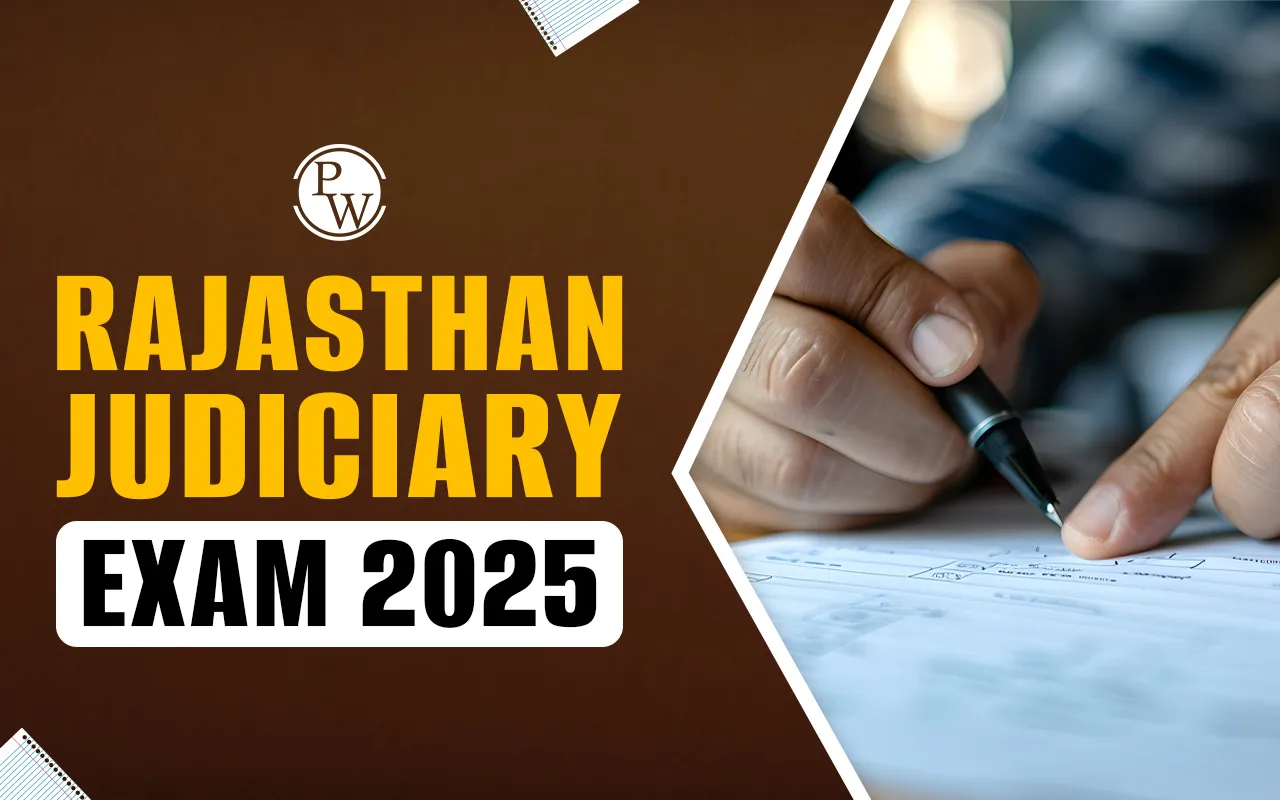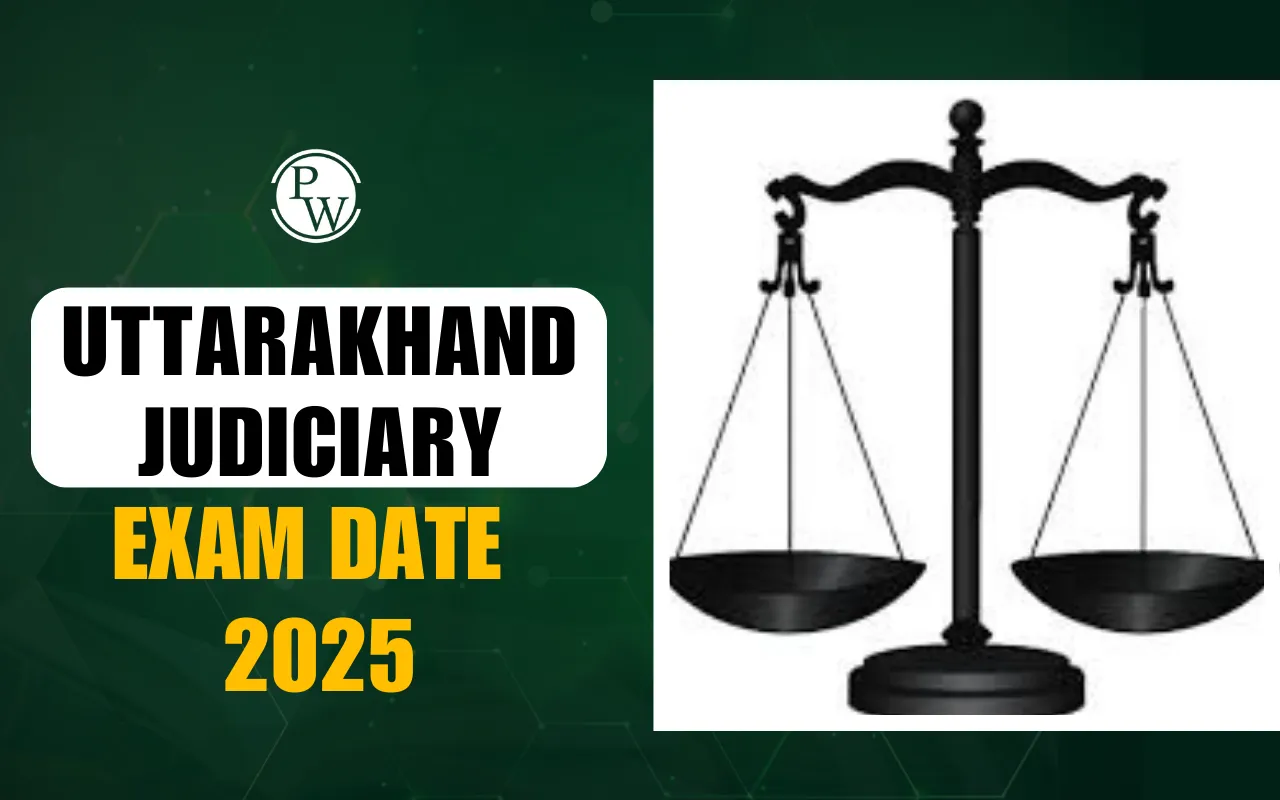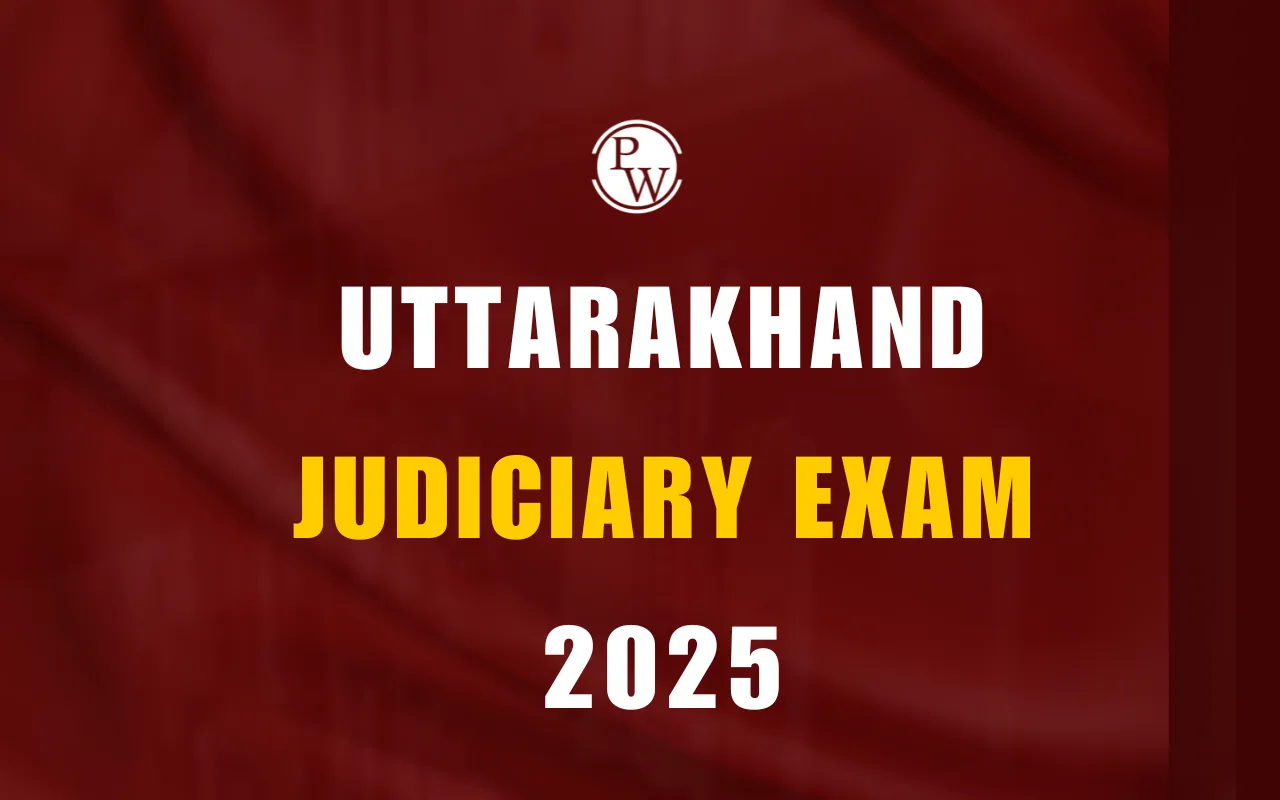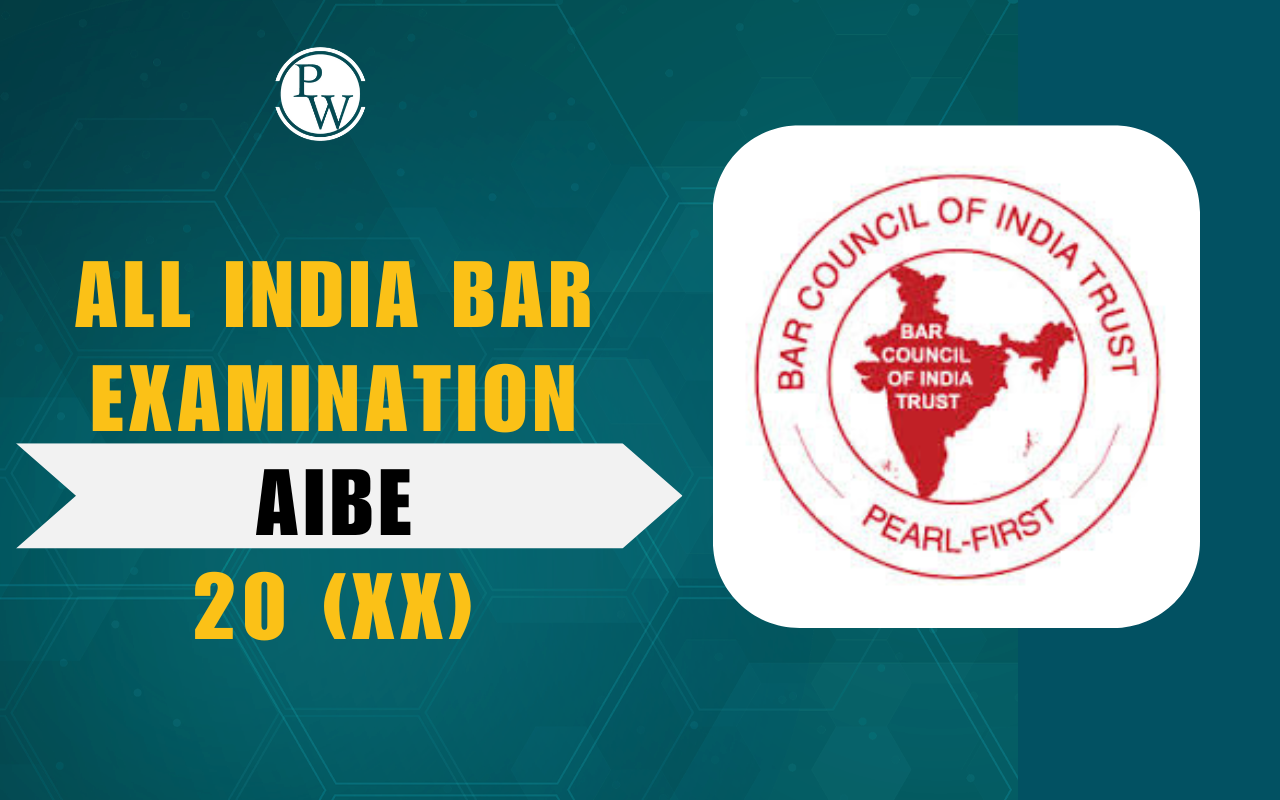
Indian Evidence Act 1872: The Indian Evidence Act, 1872, is a comprehensive statute that governs the admissibility, relevance, and treatment of evidence in Indian courts. The Act aims to ensure that only relevant and reliable evidence is presented in legal proceedings, thereby promoting justice and fairness in the judicial system. Over the years, it has evolved through amendments and judicial interpretations to address contemporary legal challenges and advancements in technology.
Indian Evidence Act 1872 and Bharatiya Sakshya Adhiniyam 2023 Overview
The Indian Evidence Act, 1872, serves as a foundational legal framework for the admissibility and relevance of evidence in Indian courts. Drafted by Sir James Fitzjames Stephen, it is largely based on the English law of Evidence. The Indian Evidence Act 1872 codifies essential principles governing evidence, including relevance, burden of proof, and the rules for witness testimony and documentary evidence. This act emphasizes that evidence must be relevant to the facts in issue and outlines various forms of evidence while detailing certain exclusions like hearsay. Bharatiya Sakshya Adhiniyam 2023 is a recent legislation that represents a contemporary overhaul of evidentiary law aimed at addressing modern challenges. The act was enacted on 23rd December 2023 and was enforced from 1st July 2024. The Bharatiya Sakshya Adhiniyam 2023, marks a significant update in the Indian legal system by repealing the century-old Indian Evidence Act 1872. It introduces provisions for the admissibility of digital evidence and electronic records, reflects the need for witness protection, and simplifies procedures to enhance judicial efficiency.Modification of the Indian Evidence Act 1872
The evolution of the Indian Evidence Act, 1872, reflects the historical and legal changes in India from colonial times to the present. Originally enacted under British rule, the Act was influenced by English common law and aimed to create a cohesive legal framework for evidence admissibility in Indian courts. The evolution of the IEA 1872 began with the Charter of 1726, which established English Law in the Presidency Towns of Calcutta, Bombay, and Madras. However, the Mofussil territories counted on customs for evidentiary rules, creating judicial chaos. Efforts to standardize evidence law started with the Governor-General's Act of 1835 and continued with various reforms until the unsatisfactory state of partial English law application was noted in cases like Gajju Lal vs. Fattehlal . Richard Garth, C.J., highlighted the need for a well-established law to ensure fair justice, leading to the formation of the Maine Commission in 1868, followed by the Stephen Commission in 1871. After the revision of the Stephen Commission's draft bill by the local authorities and the select committee, the Indian Evidence Act 1872 was enacted. Over the years, it underwent various amendments to address changing societal needs and judicial practices.Major Enhancement of the Indian Evidence Act 1872
The Indian Evidence Act 1872 has undergone several amendments over the course to address the rapidly evolving legal landscape and technological advancements. Some of the key amendments are as follows.- Admissibility of Electronic Evidence (2000)
- Opinions of Examiner of Electronic Evidence (2008)
- Expert Evidence (Section 45)
- Admissibility of Secondary Evidence
- Amendments Following JS Verma Committee Recommendations (2013)
- Section 53A: It prevents the courts from considering evidence based on the victim's character.
- Section 146: It dictates that no questions or inquiries will be made about a rape survivor's character or sexual experience during cross-examination to prove consent.
- Minimum Sentence for Rape: According to it, a minimum sentence of 7 years imprisonment will be granted in rape cases.
- Criminal Law Amendment Act (2018)
- Section 52A: It excluded evidence of character or previous sexual experience concerning certain cases.
- Sections 376AB, 376B, 376C, 376D, 376DA, and 376DB: Addresses various aspects of sexual offenses.
- Section 146: It ensures that victims are well treated during cross-examination, thus protecting their privacy and dignity.
Aims and Objectives of Bharatiya Sakshya Adhiniyam 2023
The Bharatiya Sakshya Adhiniyam 2023 aims to improve the reliability and credibility of evidence in legal proceedings, ultimately contributing to a more robust and equitable justice system in India. Its primary objective is to enhance the efficiency and accessibility of the legal system by simplifying procedures related to the collection, presentation, and admissibility of evidence. The Act seeks to accommodate the increasing use of digital and electronic records, establishing clear guidelines for their admissibility and ensuring that they are treated with the same legal validity as traditional evidence.Scheme of the Indian Evidence Act 1872 and Bharatiya Sakshya Adhiniyam 2023
The Indian Evidence Act 1872 and Bharatiya Sakshya Adhiniyam 2023 include several sections and chapters that foster the legal framework in the Indian courts. These are listed below.| Chapter | Indian Evidence Act 1872 | Sections | Bharatiya Sakshya Adhiniyam 2023 | Sections |
| I | Preliminary | 1-4 | Preliminary | 1-2 |
| II | The Relevancy of Facts | 5-55 | Relevancy of Facts | 3-50 |
| III | Facts Which Need Not Be Proved | 56-58 | Facts Which Need Not Be Proved | 51-53 |
| IV | Oral Evidence | 59-60 | Of Oral Evidence | 54-55 |
| V | Documentary Evidence | 61-90A | Of Documentary Evidence | 56-93 |
| VI | The Exclusion of Oral by Documentary Evidence | 91-100 | Of The Exclusion of Oral Evidence by Documentary Evidence | 94-103 |
| VII | The Burden of Proof | 101-114A | Of The Burden of Proof | 104-120 |
| VIII | Estoppel | 115-117 | Estoppel | 121-123 |
| IX | Witnesses | 118-134 | Of Witnesses | 124-139 |
| X | The Examination of Witnesses | 135-166 | Of Examination of Witnesses | 140-168 |
| XI | Improper Admission and Rejection of Evidence | 167 | Of Improper Admission and Rejection of Evidence | 169 |
| XII | Repeal and Savings | 170 | ||
| The Schedule |
Salient Features of the Indian Evidence Act 1872 and Bharatiya Sakshya Adhiniyam 2023
While the Indian Evidence Act, 1872, laid the foundational principles of evidentiary law, the Bharatiya Sakshya Adhiniyam, 2023, seeks to modernize and enhance these principles in light of contemporary legal and technological developments. Some of the salient features of the Indian Evidence Act 1872 and Bharatiya Sakshya Adhiniyam 2023 are discussed in the following table.| Features | Indian Evidence Act 1872 | Bharatiya Sakshya Adhiniyam 2023 |
| Definition of Evidence | Primarily focuses on traditional forms of evidence, including oral and documentary evidence. | Expands definitions to include electronic and digital evidence, acknowledging technological advancements. |
| Admissibility of Evidence | Evidence must be relevant and admissible according to established norms; limited scope for electronic evidence. | Clearly outlines criteria for the admissibility of electronic records, enhancing clarity and accessibility. |
| Witness Protection | Limited provisions for witness protection; primarily addresses competency and examination of witnesses. | Introduces comprehensive measures for witness protection, encouraging truthful testimony and safeguarding their identity. |
| Expert Testimony | Recognizes expert witnesses but lacks detailed provisions on the examination of electronic evidence. | Specifically empowers Examiners of Electronic Evidence to provide expert opinions, ensuring credibility in the digital context. |
| Procedure | Procedures for presenting evidence can be complex, often leading to delays in trials. | Aims to simplify evidence presentation procedures, promoting efficiency and reducing delays in the judicial process. |
| Police Confessions | Confessions made in police custody or to police officers are inadmissible unless recorded by a Magistrate. | Retains the same provision. |
| Secondary Evidence | To prove the contents of the original, it includes documents and oral accounts. | Includes oral and written admissions and the testimony of a skilled person/expert who has examined the document. |
What’s Different in the Bharatiya Sakshya Adhiniyam 2023?
Compared to the Indian Evidence Act 1872, the Bharatiya Sakshya Adhiniyam 2023 introduced several important updates such as removal of archaic and colonial terms, expanded application to court-martial, and the inclusion of digital evidence generated outside India. For a more comprehensive and modern approach to evidence law, it incorporates provisions for judicial notice of treaties and decisions.- Removal of Archaic and Colonial Terms
- Territorial Application
- Application to Courts-Martial
- Revised Definition of Facts in Issue
- Addition of Coercion to Confession Disqualification
- Judicial Notice
Judicial Precedents of the Indian Evidence Act 1872
- Dalip Singh and Others vs State of Punjab (1953)
- Mohan Lal v. State of Punjab (2018)
- Jayamma vs State of Karnataka (2021)
- Pakala Narayana Swami vs Emperor (1939)
- S. P. Gupta v. Union of India (1981)
Indian Evidence Act 1872 FAQs
Who is the father of the Indian Evidence Act 1872?
Sir James Fitzjames Stephen is called the father of the Indian Evidence Act 1872. He was a judge, an English lawyer, and a writer.
What are the 4 types of evidence?
The 4 types of evidence include real, documentary, demonstrative, and testimonial evidence.
Who passed the Indian Evidence Act?
The British Parliament in 1872 passed the Indian Evidence Act. It dictates the rules of evidence admissible in Indian courts, which had consequential effects on the traditional systems of caste government in India.
When did the Indian Evidence Act start?
The Indian Evidence Act was commenced on 1st September 1872. It governs the admissibility, relevance, and treatment of evidence in Indian courts.
What is the aim of the Indian Evidence Act?
The Indian Evidence Act 1872 codifies essential principles governing evidence, including relevance, burden of proof, and the rules for witness testimony and documentary evidence. This act emphasizes that evidence must be relevant to the facts in the issue and outlines various forms of evidence while detailing certain exclusions like hearsay.
🔥 Trending Blogs
Talk to a counsellorHave doubts? Our support team will be happy to assist you!

Check out these Related Articles
Free Learning Resources
PW Books
Notes (Class 10-12)
PW Study Materials
Notes (Class 6-9)
Ncert Solutions
Govt Exams
Class 6th to 12th Online Courses
Govt Job Exams Courses
UPSC Coaching
Defence Exam Coaching
Gate Exam Coaching
Other Exams
Know about Physics Wallah
Physics Wallah is an Indian edtech platform that provides accessible & comprehensive learning experiences to students from Class 6th to postgraduate level. We also provide extensive NCERT solutions, sample paper, NEET, JEE Mains, BITSAT previous year papers & more such resources to students. Physics Wallah also caters to over 3.5 million registered students and over 78 lakh+ Youtube subscribers with 4.8 rating on its app.
We Stand Out because
We provide students with intensive courses with India’s qualified & experienced faculties & mentors. PW strives to make the learning experience comprehensive and accessible for students of all sections of society. We believe in empowering every single student who couldn't dream of a good career in engineering and medical field earlier.
Our Key Focus Areas
Physics Wallah's main focus is to make the learning experience as economical as possible for all students. With our affordable courses like Lakshya, Udaan and Arjuna and many others, we have been able to provide a platform for lakhs of aspirants. From providing Chemistry, Maths, Physics formula to giving e-books of eminent authors like RD Sharma, RS Aggarwal and Lakhmir Singh, PW focuses on every single student's need for preparation.
What Makes Us Different
Physics Wallah strives to develop a comprehensive pedagogical structure for students, where they get a state-of-the-art learning experience with study material and resources. Apart from catering students preparing for JEE Mains and NEET, PW also provides study material for each state board like Uttar Pradesh, Bihar, and others
Copyright © 2025 Physicswallah Limited All rights reserved.
Get App









